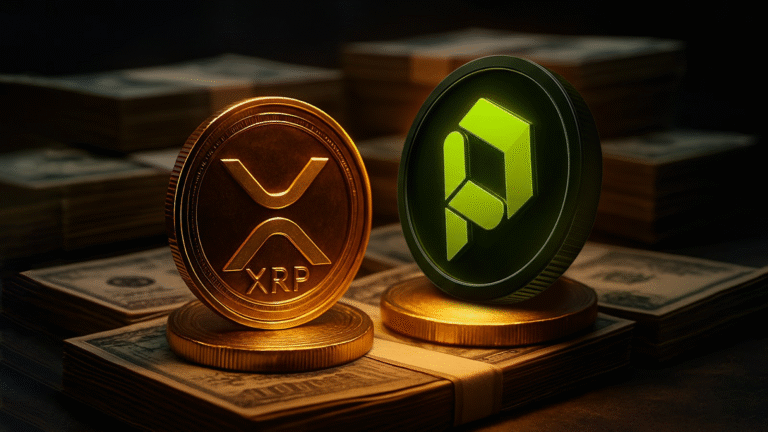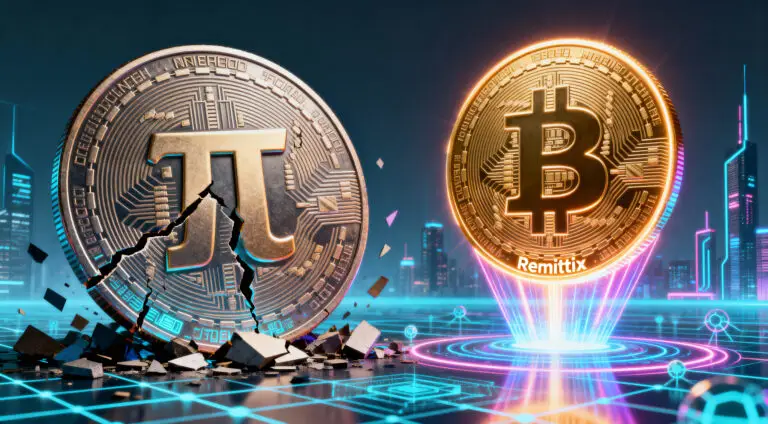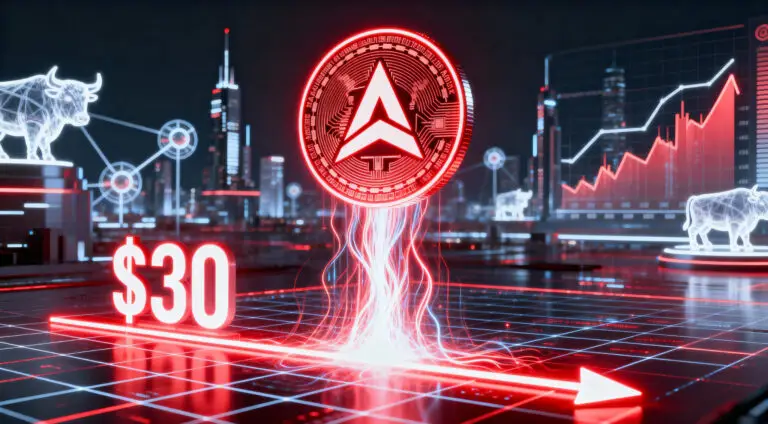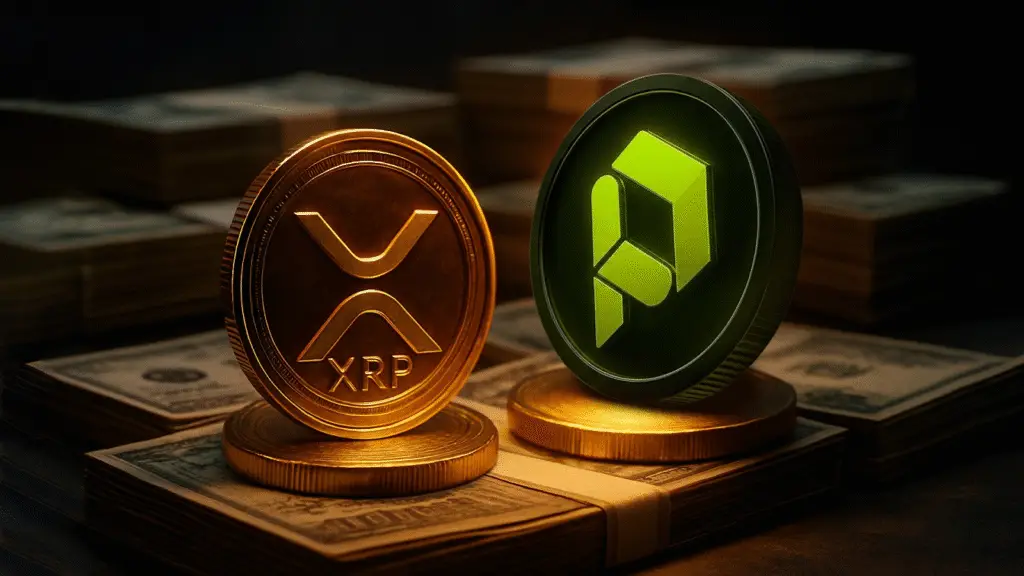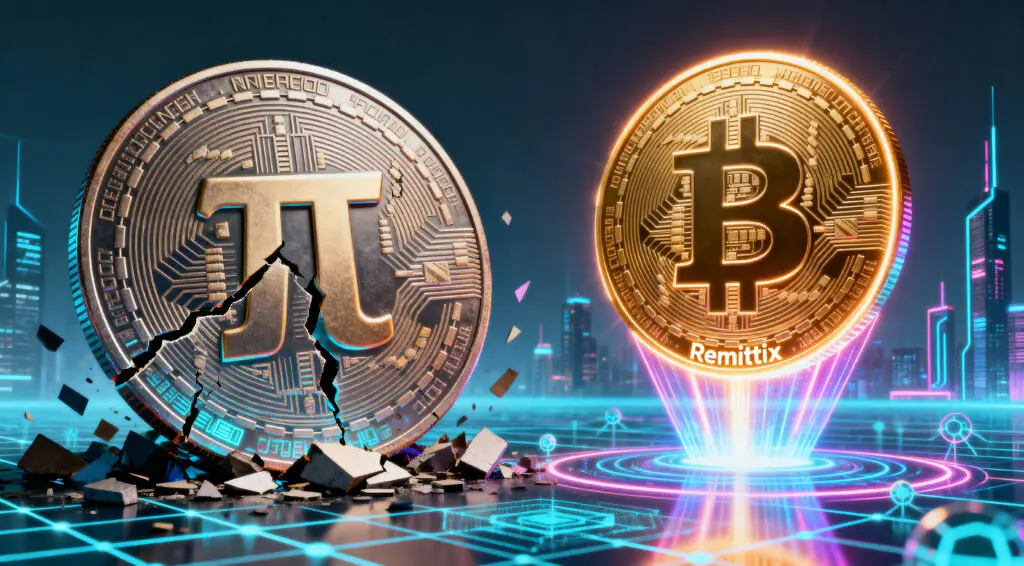SUI Futures Launch Signals New Phase for Blockchain Finance
The planned launch of SUI futures on October 20 is a big step forward for the Sui blockchain ecosystem. Futures trading brings in complex financial tools that assist in making markets more stable, increasing liquidity, and bringing in a wider range of traders.
This is similar to what happened with Bitcoin and Ethereum in the past, when futures markets drew more institutional interest and made price formation better across spot and derivatives marketplaces.
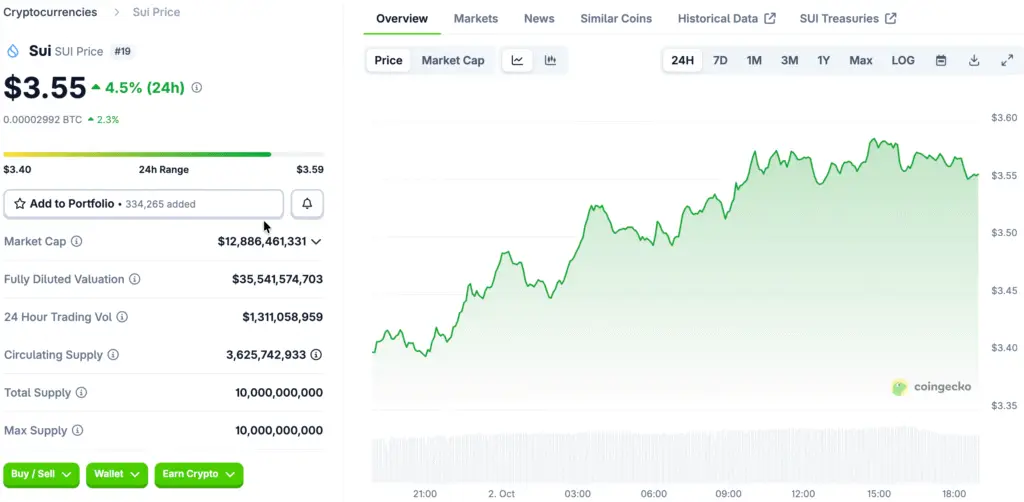
What Futures Mean for the Growth of SUI’s Market
Futures contracts make the SUI market more stable and efficient by adding some structural benefits. Futures allow trading on both sides, leverage, and risk hedging, which can help with both speculation and managing a strategic portfolio.
This launch gives SUI holders and developers more tools to deal with volatility, make liquidity conditions better, and bring in professional market participants who use derivatives to lower risk and find prices.
Futures Trading Strengthens Liquidity and Price Discovery
Liquidity is still a very important component in figuring out how healthy a digital asset ecosystem will be in the long run. Arbitrageurs, market makers, and speculators all trade futures, which lowers spreads and raises turnover.
As liquidity increases, SUI’s price discovery systems get better, which lets markets show how people feel more accurately. Over time, this usually leads to less volatility, which makes the token more appealing to both individual and institutional investors.
Recommended Article: Sui DeFi Growth Accelerates With Turbos Finance and USDC
Where Traders Can Access SUI Futures Markets
Several centralized exchanges, such as Kraken, MEXC, Bitget, and Phemex, will list SUI futures. These exchanges support both leveraged perpetual and fixed-term contracts. These platforms let you trade in a lot of different ways and have competitive margin structures and ways to get money.
Also, decentralized derivatives platforms on Sui or cross-chain protocols may add SUI perpetuals, which would let people participate through their wallets. But traders should still be aware of the dangers of slippage and liquidity fragmentation that come with the early phases of listing.
Institutional Participation Expected to Grow a Lot
The debut of SUI futures will probably attract hedge funds, family offices, and proprietary trading businesses that want regulated or cash-settled exposure. Institutions appreciate derivatives because they make custody easier and let them use organized tactics like basis trading.
This flood of institutions can generate a positive feedback loop since more participation increases liquidity, which brings in more traders. These kinds of things were very important in making the Bitcoin and Ethereum derivatives markets legal around the world.
Hedging Opportunities Enhance Network Stability
Futures markets are a great way for long-term holders, validators, and ecosystem projects to protect themselves from price changes. These people can shield their operational budgets from short-term fluctuations by locking in steady streams of income.
For instance, validators can short futures contracts based on predicted rewards, while treasuries can keep funding stable by hedging big SUI reserves. This risk-management layer makes the ecosystem more resilient and encourages long-term growth, no matter what the market does.
Futures Integration Makes Sui’s Ecosystem Stronger
A strong futures market helps DeFi, lending, and collateralized applications in more ways than just trading. Futures prices can be used as dependable reference rates, which can help with the issuing of decentralized derivatives and stablecoins.
SUI becomes a better medium of exchange and collateral asset as liquidity and price stability improve. This makes it more integrated into the larger blockchain financial stack and helps the ecosystem continue to grow.



